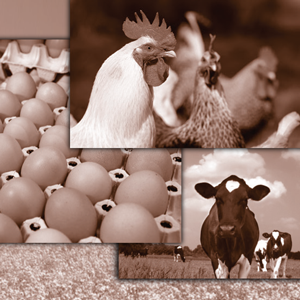 Grace Skogstad
Grace Skogstad
University of Toronto
June 2013
On 22 November 2005, the Canadian House of Commons unanimously endorsed a motion intended to tie the hands of Canadian trade officials negotiating a new WTO trade agreement. It called for the Canadian government to instruct its negotiators to make no concessions to existing measures with respect to imports of supply managed products.
These measures—known as tariff rate quotas (TRQs)–allow a quota of dairy, egg and poultry products, amounting to a minimum of 5% of domestic production, to enter Canada at low tariffs while imports above this amount are subject to significantly higher tariffs. Introduced by Bloc Québécois member André Bellavance, the House of Commons’ motion was a verbatim replica of one passed a week earlier in the Quebec National Assembly.
The context for negotiating trade agreements has since shifted. At the WTO, where developed and emergent economies have failed to bridge their differences, there is little prospect of a successful conclusion to these multilateral trade negotiations, and hence, no serious threat from them to supply management. In place of the WTO, the Canadian government has turned to regional trade agreements, like the Canada- EU Comprehensive Economic and Trade Agreement (CETA) and the Trans-Pacific Partnership (TPP), to create economic growth opportunities through new export markets.




